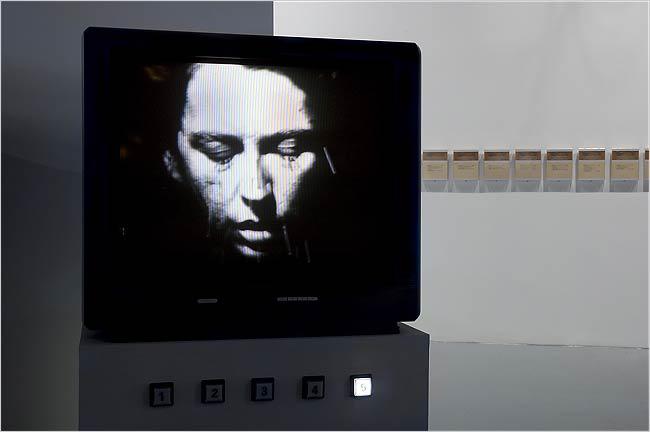Why haven’t there been any earth shattering innovations from India in the past 25 years? Why is it that every time someone from India files for a patent, 38 other patents are filed from USA or China?
The 21st century is what people would call the age of the intellect, a time that is obsessed with innovation, but the question of the hour is if we are doing enough to inculcate that in our students ?
Peter Sloan, an American designer sums up innovation and creativity by saying that creativity is to think of something novel and innovation is to turn it into something useful.
The current Indian education system offers students skills in STEM (Science, Technology, Engineering, and Mathematics) fields, these are considered indispensable to any nation. The evaluation strategy followed here though, leads to what I like to call pattern-based learning, where most students manage to perform well in an examination because of similarity in the pattern of questions. We do not learn to create something novel or useful but rather to get past an examination. The select few who do have divergent streams of thinking are discouraged. Risks are taboo. Asking questions is seen as a sign of disrespect or arrogance.
At their most fundamental levels, both art and any of the STEM skills is driven by a quest for discovering the unknown. The manner in which we can develop that as a skill though are different, science is based on comparatively distinct lines of right or wrong, art, on the other hand, can’t possibly have the right interpretation.
Let us take the example of how Beethoven’s Ninth symphony was interpreted and associated throughout history, this was traced in a 1999 book by Esteban Buch. It had been attached to European disunity in the form of nationalism, following which it got associated with the Nazi’s anti-Semitic practices and finally it became the anthem of the European Union, a symbol of togetherness. Others have seen the Ninth as a universal human anthem. In STEM skills, on the other hand, one can’t blatantly disagree with Pythagoras theorem or Gauss law of electricity without substantial proof or reasoning.
Art can also serve to be the channel through which students are encouraged to believe in individuality and varied perceptions which can be especially relevant in social issues.


Take an example of the two paintings above, both of whom could depict feminism. What each of us take home from that would be radically different.
To a school student it is to be encouraged to study on the same level as her brothers, for a women living in the slums it is to be able to protect herself, for someone climbing the corporate ladder it is not to have a promotion passed to a man of equal stature, while for someone getting married it is to not be asked to quit her job to be at home for her future husband. We are moving towards a world where texts are getting shorter and that gives us little room to strike a chord with everyone, but with art one has the ability to say something and leave its interpretation to each person’s own thought process.
That brings us to our next question of what art actually does to our brain.
Art inculcates in our brains what psychologists call ‘schemata’, which is the ability to recreate what we sense, making it a critical tool for imagination. For example, the German chemist Friedrich Kekulé determined the molecular structure of benzene through a dream in which he imagined a snake biting its own tail. Engaging with art is proven to develop one’s observation skills, such as when a research conducted by Yale University showed that students who engaged with art presented significantly more creativity in their diagnosis by 30 %.
Furthermore, engaging students in art can tone down the harsh evaluations they receive in the over-competitive education environment we have that is based one’s retention capacity rather than how well they can think independently.
Our implementation of art in classrooms could involve trips to museums, interactive sessions on specific art pieces, music compositions and the student’s interpretations drawn from them can be graded on the basis of the depth of the student’s thinking and uniqueness of their idea.
So, to conclude if one would ask where we should go from here, I would say that it should start from reframing the question of why we need arts to be integrated into our education system to how we should go about this implementation.
Swathi Dhamodaran
Volunteer Organizer,
TEDxNITTrichy


Excellent message!